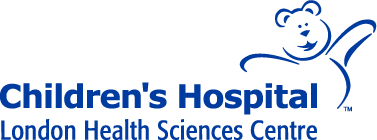No Loose Objects
No soft objects or objects that increase that risk of injury should be in an infant’s crib. No stuffed animals, toys, pillows, or bumper pads.
Room-Sharing
Having baby’s sleep area in the same room, on a separate surface is recommended for the first 6 months.
Co-sleeping (sharing a sleep surface) greatly increases risk of injury.
Avoid Overheating
No bulky or heavy blankets only a fitted sheet and 1-2 light layers of appropriately sized clothing.
Signs of over heating:
- Sweating
- Damp hair
- Flushed cheeks
- Heat rash
- Rapid breathing
ABCs
Alone, on their Back, in their own Crib for all sleep times (for naps and at night). Ensure the infant's sleep surface is firm.
Falls
Are the leading cause of non-fatal injury. There were 10 infant falls in 2019 at LHSC.
Feeding Baby
Breastfeeding is protective against Sleep-Related Infant Deaths.
If you feed your baby at night, be sure to put baby back in their own crib/bassinet.
Smoke-Free Environment
Reduces the risk of Sleep-Related Infant Death by 50 per cent.
Caregivers who smoke should do it away from their infant(s). Be sure to change your clothing before handling your infant(s).
Tummy Time
Should be supervised and awake. It helps your baby develop strong neck muscles and prevents plagiocephaly (flat head). Babies should be put on their stomachs 2 to 3 times a day, while awake. Start with one minute and gradually increase.



